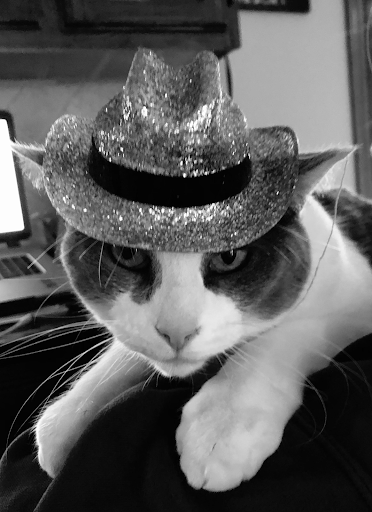What does “Geriatric” mean for pets?
Many pet parents nowadays have heard people refer to “senior” pets, that term given to animals that have reached an advanced age as it relates to their average lifespan. In cats, the average lifespan is approximately 12-15 years of age. And this number seems to be trending upward with advancements in veterinary medical care and the fact that more cats are receiving more consistent veterinary care. So in our feline family members, the “senior” designation is for any kitty over 7 years of age.
However, this “senior” milestone is not a one-size-fits-all in our dog population. As a general rule of thumb, the smaller the size of the dog, the longer the lifespan, and vice versa. So our large breed dogs, like the Irish Wolfhounds and the Great Danes, have a life expectancy of only a short 7-10 human years on this planet. They are considered seniors once they reach 5 years old. Whereas our smaller dogs, like the Yorkshire Terriers and Chihuahuas, have an average lifespan of about 11-14 years, so they are “seniors” after age 8.
 Geriatric, on the other hand, refers to those senior pets that have developed symptoms of “old age” and are considered more fragile. Some of these fragility symptoms include weakness, fatigue, impaired vision, weight loss, impaired balance, decreased physical activity, mild cognitive dysfunction, and slowed mobility. Many of these pets will require more assistance from their pet parents, and even some changes around their home environments to keep them moving and healthy for longer.
Geriatric, on the other hand, refers to those senior pets that have developed symptoms of “old age” and are considered more fragile. Some of these fragility symptoms include weakness, fatigue, impaired vision, weight loss, impaired balance, decreased physical activity, mild cognitive dysfunction, and slowed mobility. Many of these pets will require more assistance from their pet parents, and even some changes around their home environments to keep them moving and healthy for longer.
If you notice your furry family member slowing down, bumping into things, having trouble getting up from lying down, wandering aimlessly around the house, or any other symptoms, be sure to call your veterinarian to set up an appointment for evaluation.
